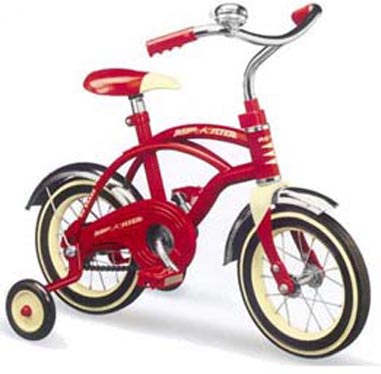|
 “Nothing
is more desirable than to be released from an affliction, but nothing is more frightening than to be divested of a crutch.” -- James Baldwin “Nothing
is more desirable than to be released from an affliction, but nothing is more frightening than to be divested of a crutch.” -- James Baldwin
Playing limit Texas Hold'em, you are under the gun with a marginal hand like KJo. What should you do? Some learning players would
immediately consult their starting hand chart, either literally or in their
memory, and then decide what action to take.
Unfortunately, rigid adherence to artificial charts is the root of ruin for many people who might otherwise become quite good poker
players. A lot of these players may in fact become winning players, especially in
rake games where the house takes its cut from the pot rather than
equally from each player, but I suggest most players relying on starting hand charts are either doomed to never be much good at poker, or will
end up merely mediocre. (Starting hand charts are a limit poker concept and never intended to be used while playing No Limit or Pot Limit games.)
Strong, solid winning poker is all about situational analyses. Every situation is somewhere between slightly different and very different from
other situations -- even if you hold the very same cards! KJo is just not KJo, even if the situations appear the same on the surface.
Suppose you have two very weak/loose players in the blinds, with you holding KJo first to act. Ideally, you would want to play with these two loose
players with this hand. At the same time, suppose you have weak/tight players behind you, who will fold hands as good as A♠Q♡ if it is raised.
The correct play here will often be to raise with the K♠J♡, and much of the time get to play against the two weak players in the blinds.
Now change this, and you have two loose/aggressive players in the blinds and solid/strong players behind you who will reraise you with AQo. Well,
now your KJo is a pile of muckable junk.
At the very least, it should be easy to see that these two situations are extremely different from each other. Whatever value KJ has
in the first scenario with weak players behind you and in the blinds, it has less value with aggressive players in those positions.
It’s not the same. A solid, sensible player should consult his or her brain when facing these very different circumstances --
not some silly chart divorced from reality.
What you do in a poker game depends on the game conditions, the players in the blind, who has acted so far, who won or lost the
previous pots, and so on. A dozen or more factors should go into your thought process of why a hand should be played, and how it
should be played. Another example is: Suppose two super-tight players are in the blinds and you are one behind the button. The
universe of hands you should play for a raise here is simple: every single two-card combination from AA to 7♡2♠. No starting hand chart
can tell you that. Observing the people does.
When I was a kid, the Moms in the neighborhood had discussions about the best way to teach a five year-old how to ride a bicycle. Some supported
using training wheels. Others thought “ride and fall” was the best way. While the training wheel kids started off great, zipping around on
their big bikes while the other kids were crashing into hedges, soon the freewheeling kids passed the training wheels kids, by far too.
Starting hand charts are training wheels, crutches. They keep you from doing the stuff of playing poker: critical, situational, analytical thinking.
A rank amateur can look at a starting hand chart once and get some ideas about hands, but a chart itself is meaningless for one look.
All that needs to be done is novices need to be told tendencies, like you should tend to play stronger hands out of position than you
need to play in position. Starting hand charts lead to people thinking totally wrong in terms of how to play poker. They send you down
the wrong road. They give you a bad crutch. They are simply just about the worst possible tool for a learning player to use.
Simplistic, robotic strategies can lead to a player doing decently (since most players play poorly) but robots miss out on profit the
thoughtful players get, and robots present no threat to a genuinely strong player.
Poker is mostly not about cards, it’s about people. Memorization of starting hand charts is inviting permanent mediocrity.
More articles focusing on Starting Hands and
Texas Hold'em Hand Charts |

